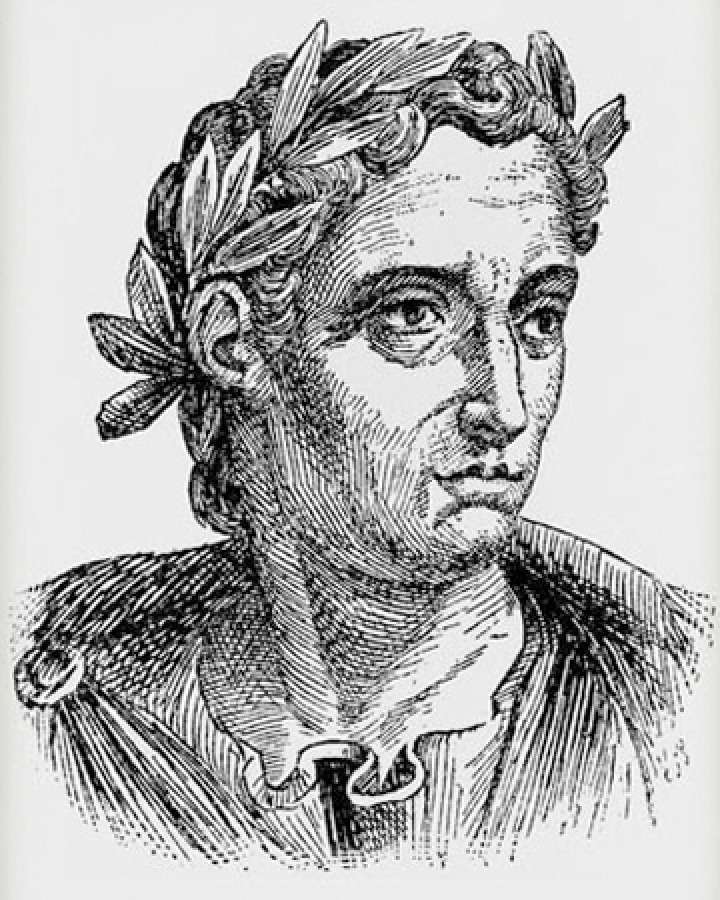
Alex Day, Director of the Big Give, writes for Beacon on how match funding is increasingly being used to encourage more philanthropy and as a vehicle for philanthropists to give money away.
Como, Italy c. 100 AD. An Italian lawyer, author, and magistrate named Pliny the Younger receives a visit from his friend’s son. In their conversation, the boy shares with him that he has to travel over 40km to receive his education in Milan as there is not a school in their hometown.
Moved by his plight, Pliny writes to his influential friend, Cornelius Tacitus, and promises to contribute funds to establish a school if other parents in the local area also give:

“I, am ready to give for the benefit of the municipality, one third of any sum it will please you to assemble… Then agree among yourselves, unite, and draw increased spirit from mine, for I am desirous that what I shall have to contribute shall be as large as possible…”
This is, perhaps, the first-ever documented example of the idea of match funding, and in the words of Quentin Tarantino, “the good ideas survive.”
But match funding as an idea is not just surviving. It’s growing. In the US, for example, 65% of Fortune 500 companies offer a corporate matching donation programme and an estimated $2-3bn is donated through employee matching each year.
The organisation which I run, the Big Give, is the UK’s biggest match funding platform. We have seen tremendous growth in the past 5 years, from raising £9m p/annum on our platform through match funding campaigns to over £25m in 2020.
Why? Because it works. Match funding is a proven way to encourage more people to give and people to give more. We surveyed over 1,000 donors to ask about their attitudes towards match funding. 84% said they would be more likely to give if their donation was matched and one third said they would give more than they usually would.
Match funding is being applied in a myriad of ways across the philanthropy sector. It has become an increasingly popular mechanism, not only to incentivise philanthropy but also as a vehicle for philanthropists to utilise to make a positive impact. It is my hope that these examples below might inspire you to consider match funding in your philanthropy as a way to achieve greater impact.
Match funding to encourage philanthropy:
- Government matching:
The UK government regularly uses match funding as a public/private blended approach, such as the UK Aid Match programme run by Foreign Commonwealth & Development Office. Over the last six years, 64 organisations from across the UK have run UK Aid Match projects in 38 countries, helping around 25 million people.
- Endowment matching:
The “Catalyst: Endowments”, a £36m National Lottery Heritage Fund initiative, closed in 2017. It was set up “to encourage more private giving to culture and heritage, and to build the capacity and skills of these organisations to fundraise from private donors, corporate sources and trusts and foundations.”
The results? According to an independent evaluation from the University of Kent, the fund “literally had a catalytic effect on grantees, who describe the programme as having had a ‘galvanising’ and ‘transformational’ effect on their organisations, including cultural shifts’ in terms of attitudes to fundraising.”
- Corporate matching:
An increasing number of companies offer their employees the opportunity to have charitable gifts matched whether donated directly, through payroll or raised funds. It’s a proven method to build employee engagement and advocacy for the company.
Aviva, which offers up to £1,000 of matching per employee, say “The matching is part of our desire to drive pride in working for Aviva. It’s almost a bonus, a thank you from Aviva, and it makes them feel proud of working for Aviva and gives them a bit of recognition.”
Match funding to disburse philanthropy
More and more philanthropists are now utilising match funding as a way of disbursing their philanthropy.
Perhaps the best example is the Big Give where “Champions” can offer to match fund a portfolio of charitable organisations through campaigns which the Big Give runs throughout the year. Their biggest and best-known campaign is the Christmas Challenge but they also run campaigns focused on the environment, child poverty in London in partnership with The Childhood Trust, international and domestic emergencies and women and girls.
Grant Gordon, Chair of The Childhood Trust, says:
“Match funding through the Big Give has enabled the Trust to deliver valuable resources to our partner charities – improving the lives of young people in London.”
We are now seeing an increased drive to collaborate within the philanthropy sector. The pandemic has caused us to step out of our silos and work together to support society’s most systemic issues.
Match funding offers a logical way to harness this collaborative spirit by making your money go as far as possible.
One donation; twice the impact.
About The Big Give Christmas Challenge
The Christmas Challenge is the UK’s biggest digital match funding campaign. All public donations made to participating charities via theBigGive.org.uk during the week of the campaign (30 Nov – 7 Dec) will be matched up to a specific amount. In 2020, the campaign raised over £20m for 764 charities. This year over 900 charities will participate. The campaign supports a huge variety of causes.
Match funding is provided by a range of philanthropic organisations, called ‘Champions,’ including the Reed Foundation, Julia and Hans Rausing, the EQ Foundation, Candis, The Childhood Trust, The Hospital Saturday Fund and The Waterloo Foundation, amongst others.
One donation, twice the impact – #ChristmasChallenge21